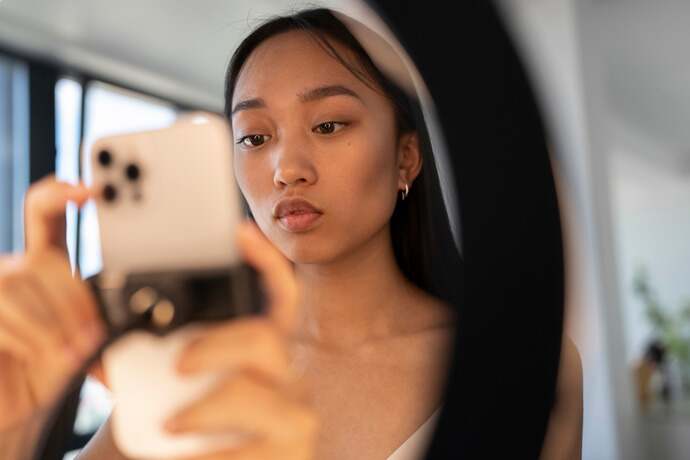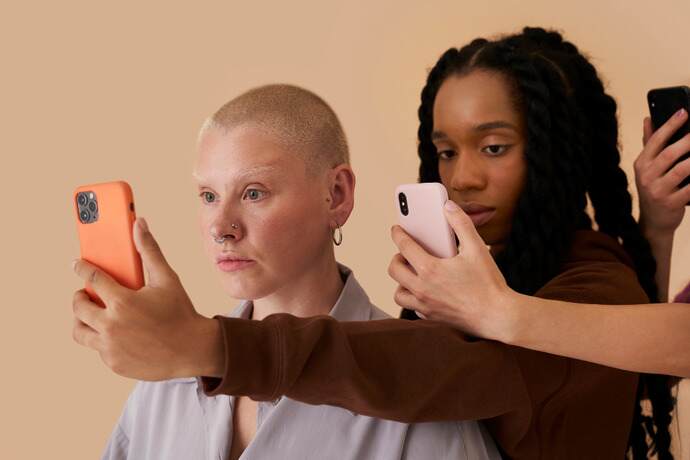Let’s rewind the reel to pre-Portrait Mode days. Remember? Flat selfies, background noise galore, and makeup that just didn’t pop? The era before Apple’s iPhone Portrait Mode was, frankly, a little fuzzy. Beauty content, while flourishing, didn’t have the cinematic polish that now saturates Instagram, TikTok, and every niche blog between. But then—cue dramatic lighting—Portrait Mode arrived. And everything changed.
A Lens That Changed the Face of Beauty
Beauty content isn’t just about beauty—it’s about precision, clarity, and storytelling. Influencers didn’t need a $2,000 DSLR to look flawless anymore. Apple leveled the playing field. With the iPhone 7 Plus in 2016, the first model to carry the feature, came a new kind of visual language. The subject pops. The background blurs. Voilà: instant depth of field. And while other manufacturers tried bokeh too, Apple nailed the formula for creators. It didn’t feel artificial. It didn’t need five reshoots. It's just… worked.
Suddenly, skin textures, eyeliner wings, lip gloss reflections—those tiny, obsessive details the beauty world lives for—could be captured in vivid clarity by anyone with an iPhone. An 18-year-old in her bedroom had the same toolkit as a beauty professional with a ring light and a camera crew.
Blurring the Background, Sharpening the Message
Makeup is art. And every artist deserves a gallery. Portrait Mode transformed casual front-camera videos and selfies into polished, studio-like shots. It cut out the distractions—literally. Blurred coffee mugs, laundry piles, and messy vanities vanished. All attention centered on the creator. The product. The look. Even more, Portrait Lighting added dimension. “Contour Light.” “Stage Light Mono.” These weren't gimmicks. They were creative choices. You could sculpt your face with makeup, then sculpt your photo with lighting. It was digital enhancement without the grotesque filter overload.
In fact, according to a 2022 report from Statista, over 87% of U.S. beauty influencers cited smartphone camera quality as a top factor in content creation. More than half specifically mentioned Portrait Mode as a decisive feature. That's not just a tool—it’s a catalyst.
Accessibility Meets Aesthetic
Think about it: the democratization of beauty content. You no longer needed lighting rigs or lens kits to get that professional finish. Anyone with an iPhone could shoot Vogue-style portraits—minus the fashion intern fetching coffee. Portrait Mode erased the gatekeeping. Creators in dorm rooms, small towns, remote islands? Suddenly, they weren’t limited by equipment. All they needed was decent lighting and a steady hand. The content could compete with legacy brand campaigns. The aesthetic bar was raised, and the entry fee lowered. It flipped the dynamic. No longer were brands the sole owners of high-gloss visuals. Now, beauty vloggers with cracked phone screens could create tutorials that looked like commercial reels.
Portrait Mode and the TikTok Factor
Don’t overlook TikTok here. The app thrives on quick visuals with high impact. Beauty transitions, skin routines, before-and-after edits—they all got sharper, sleeker, more persuasive with Portrait Mode. Even though TikTok's in-app camera didn’t always support native Portrait Mode at first, creators got crafty. Film in iPhone’s native camera, then upload. Boom: depth, drama, detail. And let’s not ignore Reels and Shorts. They benefited, too. There’s a reason so many beauty influencers pre-film with Portrait Mode and upload the edit later: the algorithm loves engagement, and users love aesthetic appeal. Blurred background = viewer focus = longer watch time.
It would be foolish not to consider security as well. If you don't want your personal data to be stolen and your social media accounts to be hacked, you should take appropriate measures. One of the easiest to use and most reliable cybersecurity tools is the iPhone VPN app, which you can master in a minute. In return, VPN for iOS allows you to hide your identity, provides anonymous surfing, can remove regional restrictions, improve security, even on public Wi-Fi networks. Moreover, some providers, like VeePN, offer VPN apps for other devices as well. So you can protect up to 10 different devices with one subscription.
Brands Noticed. Quickly
It didn’t take long. Beauty brands realized something curious. The most effective UGC (user-generated content) wasn't always made in studios. It was shot in kitchens, closets, balconies—with Portrait Mode.
The authenticity of amateur setups paired with the crispness of Portrait Mode created something more powerful than polished ads: believability. A 2023 survey showed that 62% of beauty consumers trust creator-made content more than brand-created media. But only when it looks good. Portrait Mode bridges that gap. You believe it, but it also pops.
So, many brands leaned into it. Some even included “shoot in Portrait Mode” as part of their campaign briefs. Why? Because nothing says “aspirational but relatable” like a serum glinting on skin in perfect focus with soft blur behind it.

Image: Freepik
Depth That Goes Beyond Aesthetics
But Portrait Mode didn’t just shift visuals. It shifted the narrative. It made creators think about angles, focus, space. It introduced a new visual grammar into content-making. A different kind of planning. What’s in the background? What emotion does this lighting evoke? Is this better in “Studio Light” or “Natural Light”? That’s not just style—it’s cinematic thinking. Creators became mini-directors. And the audience noticed. Not to mention: this isn’t just about stills anymore. Apple’s recent innovations extended Portrait Mode to video. Cinematic Mode on the iPhone 13 and beyond allowed beauty creators to move through space while keeping focus intact. Imagine a skincare routine where your hand moves across the screen, and the camera subtly shifts the depth to follow your finger’s glide. That’s storytelling.
The Psychology of Focus
There’s also something deeper here. When Portrait Mode blurs the background, your brain registers importance. The face becomes central. The product held near the cheek? Suddenly, it was essential. We’re wired to focus where the lens does. It’s manipulation, sure—but beautiful manipulation.
Psychologists studying media engagement have long noted that focal clarity increases trust. A sharp, front-facing video gets more likes, shares, and saves than a wide shot with clutter. Portrait Mode taps into that, intuitively. It directs emotional attention without shouting. It suggests intimacy. And in beauty content, intimacy sells.
Limitations? Of Course
No tech is perfect. Portrait Mode has quirks—sometimes it misreads curly hair, or blurs earrings into oblivion. It can flatten depth if overused. Some photographers argue it’s no match for real glass lenses. Fair points. But for creators chasing both aesthetic impact and efficiency, it’s a godsend. And every update—hardware and software—refines it. The A17 chip on iPhone 15 Pro, for instance, improved Portrait segmentation accuracy. Even in low light, skin tones are preserved. Details are crisp. That’s the future: smartphone precision rivalling traditional gear.
A Quiet Revolution, Pixel by Pixel
It wasn’t loud. There was no red carpet. But Portrait Mode altered beauty content more than any viral trend. It elevated standards. It empowered outsiders. It made depth—literal and metaphorical—a part of digital beauty.
In the end, Portrait Mode isn’t just a feature. It’s a philosophy. Focus on the subject. Blur the noise. Let the story shine.
And for beauty creators? That’s everything.



















